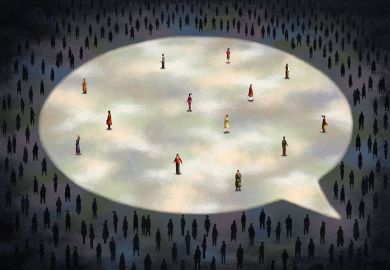Peter J. Smith, reader in Renaissance literature at Nottingham Trent University, is reading Mark Haddon’s The Porpoise (Chatto & Windus, 2019). “I have already written about Ali Smith’s Spring, but here is another novel spinning off from Shakespeare’s Pericles. Haddon’s is a stylish and knowing appropriation straddling the classical world – across which its eponymous, and increasingly broken, hero voyages – and the contemporary luxury of the stockbroker belt where Philippe raises his daughter Angelica as his sexual puppet. Along the way, we glimpse the fetid debris of Jacobean London in which Shakespeare and George Wilkins have collaborated on Pericles itself: ‘There is a big barrel of juniper to freshen the emptied pit and a boy who looks as if he is entirely made of turd apart from two white eyes…At the side of the street sits a high-sided cart full of excrement bound for some lucky Essex pigs.’ Haddon moves effortlessly from setting to setting, his fluency denoting the historical ubiquity of compassion, love, loss and destruction.”
June Purvis, professor emerita in women’s and gender history at the University of Portsmouth, is reading Zoë Thomas’ Women Art Workers and the Arts and Crafts Movement (Manchester University Press, 2020). “This important book offers the first detailed study of the women who worked in the English Arts and Crafts movement from the 1870s to the 1930s. Challenging the common assumption that the movement revolved around well-known radical male designers such as William Morris, it shows that there were significant numbers of female practitioners, particularly in the early 20th century. They came of age during a time when there was considerable social concern about unmarried middle-class women having a profession. We find in this fascinating account the names of long-forgotten painters, bookbinders, sculptors and jewellery makers such as Mary Lowndes, a stained-glass worker and member of the Women’s Guild of Arts who designed a number of suffrage banners. Yet it was not until 1964 that women were finally eligible to join the Brothers at the Arts Workers’ Guild.”
Nigel Rodenhurst, specialist support tutor at Aberystwyth University, is reading Gabriel García Márquez’s Love in the Time of Cholera (translated by Edith Grosman, Penguin, 1989). “A popular novel subsequently made into a disappointing film, Love in the Time of Cholera revolves around a Gatsbyesque triangle in which Florentino Ariza ‘knew’ Fermina Daza before she married her husband Dr Juvenal Urbino and never, over a period of several decades, entirely lost hope. If it is true that readers usually find what they are looking for in novels, then Márquez’s tale will be welcome to those seeking confirmation that true love endures and conquers all. Beneath the evocative Caribbean coastal setting and beautiful translation, however, lies a much darker tale of human stupidity, brutality and inconsequentiality. Márquez would have sneered at any reader who walked away from his novel satisfied.”




